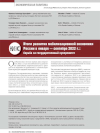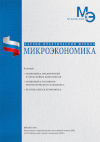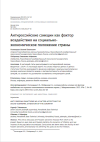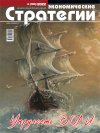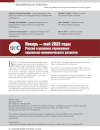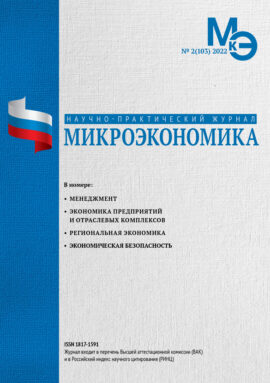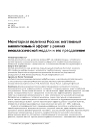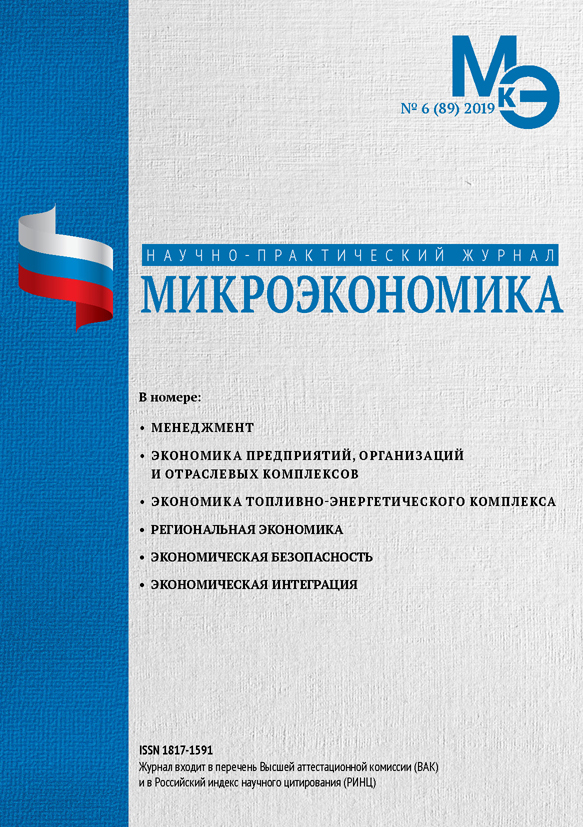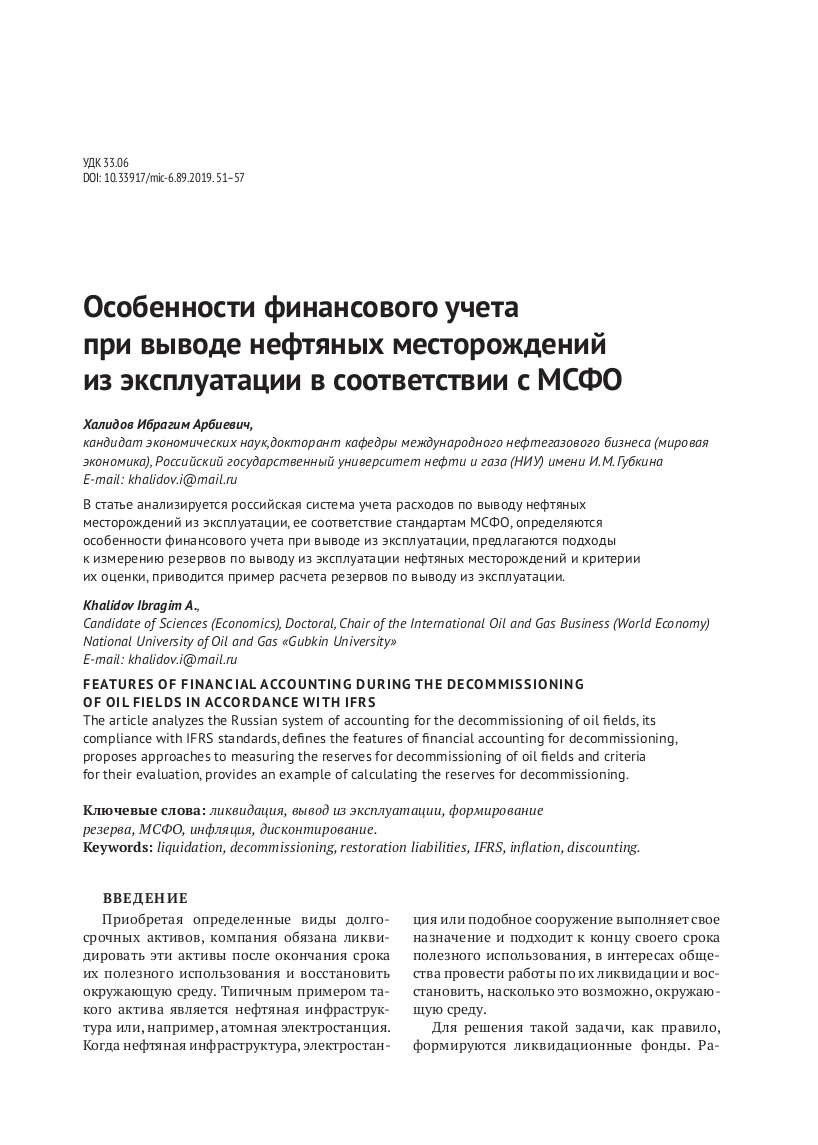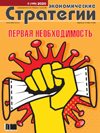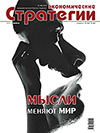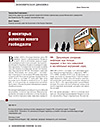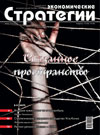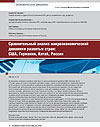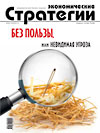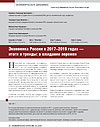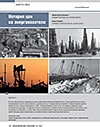Results of the Development of the Mobilization Economy of Russia in January — September 2022: the Struggle for State Sovereignty
DOI: https://doi.org/10.33917/es-6.186.2022.30-35
Changing of a conjuncture index of “Economic strategy” (CIES) for nine months of 2020 is considered. The contribution of indicators of supply and demand in CIES is estimated. The analysis of industrial production is carried out.
References:
1. Sotsial’no-ekonomicheskoe polozhenie Rossii v yanvare — sentyabre 2022 goda [Socio-economic Situation in Russia in January — September 2022]. Federal’naya sluzhba gosudarstvennoi statistiki, available at: https://rosstat.gov.ru/storage/mediabank/osn-09-2022.pdf.
2. Frenkel’ A.A., Tikhomirov B.I., Surkov A.A. Yanvar’ — mai 2022 goda: Rossiya v usloviyakh tormozheniya sotsial’no-ekonomicheskogo razvitiya [2022, January — May: Russia in the Context of Slowing Down Socio-economic Development]. Ekonomicheskie strategii, 2022, vol. 24, no 4, pp. 90–95, DOI: https://doi.org/10.33917/es-4.184.2022.90-95.
3. Informatsiya o soveshchanii Prezidenta RF s chlenami Pravitel’stva RF 16 noyabrya 2022 g. v rezhime videokonferentsii [Information on the Meeting of the President of the Russian Federation with Members of the RF Government on November 16, 2022 Via Videoconference]. Ofitsial’nyi sait Prezidenta RF, available at: http://kremlin.ru/events/president/news/69847.
4. Prognoz sotsial’no-ekonomicheskogo razvitiya Rossiiskoi Federatsii na 2023 god i na planovyi period 2024 i 2025 godov [Forecast of the Socio-economic Development of the Russian Federation for 2023 and for the Scheduled Period of 2024 and 2025]. Ministerstvo ekonomicheskogo razvitiya RF, 2022, 28 sentyabrya, available at: https://economy.gov.ru/material/file/ea2fd3ce38f2e28d51c312acf2be0917/prognoz_socialno_ekonom_razvitiya_rf_2023-2025.pdf.
5. Informatsiya o Plenarnom zasedanii Peterburgskogo mezhdunarodnogo ekonomicheskogo foruma s uchastiem Prezidenta RF 17 iyunya 2022 g. [Information on the Plenary Meeting of the St. Petersburg International Economic Forum with Participation of the President of the Russian Federation on June 17, 2022]. Ofitsial’nyi sait Prezidenta RF, available at: kremlin.ru/events/president/news/68669.



